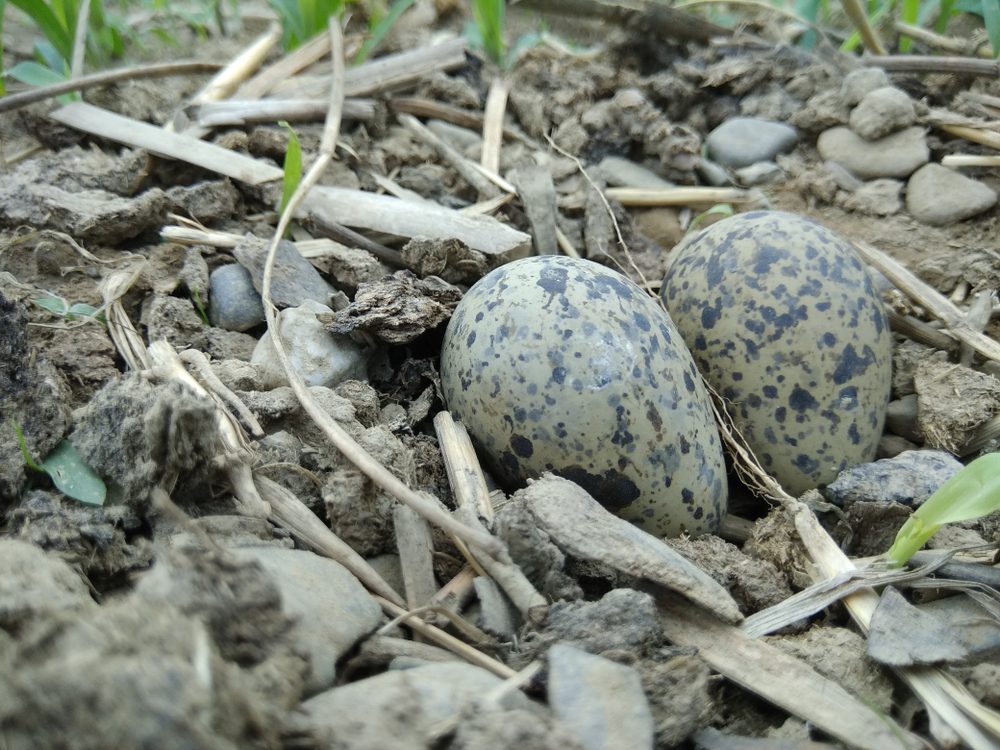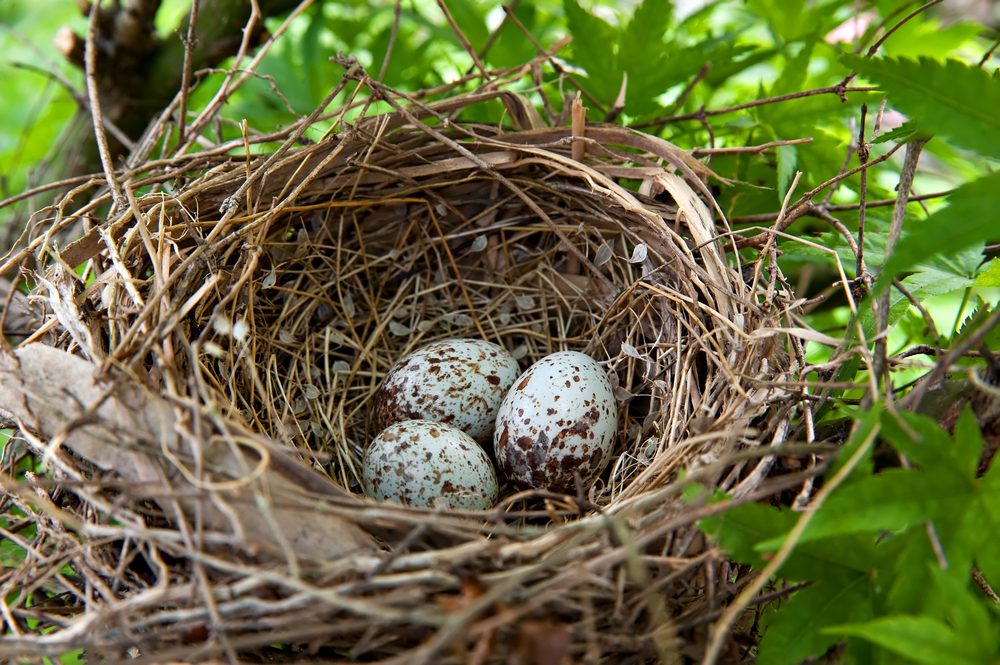Did you know while cardinal bird have magical appearance, cardinal bird also lay eggs that looks beautiful like them. Cardinal bird eggs have some amazing secrets that draw attentio to bird enthusiasts and scientsts. Within this article, we’ll discuss more deep about cardinal bird egg, talk about their beautiful vibrant colors, complex pattern and incubation process.
Key Takeaways:
- Cardinal bird eggs exhibit an exquisite palette of pale bluish-green color and intricate speckling.
- The unique size and shape of cardinal eggs contribute to their functional adaptability.
- The incubation period for cardinal eggs lasts approximately 12 to 13 days.
- Cardinal bird eggs showcase remarkable pigmentation produced through a complex production process.
- The color and pattern of cardinal bird eggs provide effective camouflage and enhance their chances of survival.
Cardinal Bird Eggs Colors and Patterns

Cardinal eggs have exceptional appearance, this eggs show us features that make them visually standout and functionally adaptive. When we talk about their size, they have approzimately 1 inch (2.5 cm) length and 0.75 inch (1.9 cm) width.
Cardinal egg color have a delicate pale bluish-green, subty speckled with darker markings. With this color the eggs could camouflage within the natural surroundings and minimize the opportunity to be attacked by predators that locating the nest.
Cardinal eggshell was aldo adorned with unique speckling, which is create an engaging mosaic-like pattern. If you compare cardinal eggs to other bird species it can show us the extraordinary of avian egg characteristics.
| Cardinal Bird Egg Colors | Cardinal Bird Egg Patterns |
|---|---|
| Pale bluish-green | Speckled with darker markings |
| Distinctive speckling in a mosaic-like pattern |
Incubation and Parental Care
In the meanwhile incubation period, female cardinal become the one who take primary responsibilities of maintaining the temperature and humidity for the nest in the sake of eggs development was successful. While the incubation is the most critical phase in the life cycle of cardinal eggs, the female usually spans around 12 – 13 days to maintain it. This process will make the embryos to go with significant growth and transformation.
in the meantime, male cardinal birds also take the responsibility to make sure their female is getting enough food and support the female to ensuring the nest is survive. Cardinal bird care to their eggs has shown of the exceptional commitment to their lineage. Their share responsibility within incubation period making all eggs receive love and care.
| Cardinal Incubation and Parental Care | Key Points |
|---|---|
| Incubation Period | Around 12 to 13 days |
| Primary Incubator | Female cardinal |
| Supporting Role | Male cardinal provides food |
Egg Pigmentation and Production Process
Bird eggs development process is something that complex and amazing way how nature works. During the last few hours before the eggs laid, they can obtain unique color and patterning. Pigmentation process could be happening because there is genetically program that creating majority color and spotting of the eggs. Egg color that produce reddish-brown and blue/green shares is also created by pigments. Bird diet and health could be inluence a pigments quantity and type.
Understanding the Pigmentation Process
To create cardinal bird eggs in unique colors, patterns, and sizes must begins in the final period of egg development which is pigmentation. Pigmentation process is an only complicated period that end up in the unique color and complex designs of cardinal bird eggs
Did you know?
The final colors and patterns of cardinal bird eggs are not inherited but are determined by the physiological processes occurring within the female bird’s body just before the eggs are laid.
During the pigmentation process, specialized cells called chromocytes in the oviduct of the female bird add pigments to the eggshell, creating the distinct colors and patterns. These pigments are deposited in specific areas, resulting in the speckling and background coloration seen on the surface of cardinal bird eggs.
The Role of Protoporphyrin and Biliverdin
Protoporphyrin and biliverdin are the primary pigments that give color to cardinal bird eggs.
Protoporphyrin:
Protoporphyrin is responsible for creating reddish-brown hues. This pigment adds warmth and depth to the background color of cardinal bird eggs.
Biliverdin:
Biliverdin produces blue and green shades, contributing to the captivating patterns and speckling on the eggshell surface. The unique combination of these pigments creates the visually stunning mosaic-like patterns observed in cardinal bird eggs.
Factors Affecting Egg Pigmentation
The pigmentation of cardinal bird eggs can be influenced by several factors, including the bird’s diet and overall health.
A bird’s diet plays a role in the availability of pigments and nutrients necessary for the production of colorful eggs. A diet rich in certain compounds or nutrients can enhance the pigments’ intensity and affect the overall appearance of the eggs.
Additionally, a bird’s overall health and reproductive condition can impact the pigmentation process. Birds in good health and optimal reproductive condition are more likely to produce eggs with vibrant colors and patterns.
Understanding the egg pigmentation process provides valuable insights into the intricate world of bird reproduction and showcases the remarkable adaptations and diversity found in nature.
Egg Pigmentation and Camouflage
Pigmentation process causing various advantage, such as camouflage. There is a lot of bird doing this, including cardinal that have some unique egg colors and patterns and make them seamlessly with their surroundings. This is will give their egg an advantage against predator that hunting their eggs with their camouflage color.
However, you need to remember, this camouflage protection is not having by all birds species. Such as american robin bird they lay egg with green or white colors, this is happening because their nest are hidden within tree, so they dont need that camouflage color.
If you understand how is amazing adaptions of bird egg pigmentation and camouflage, you will not only have knowledge for bird survival strategies, but you also know there is outstanding diversity and beauty in bird wildlife.

Conclusion
Cardinal bird eggs are not only have beautiful color, but also have vital role in avian ecosystem. With their unique colors, sizes, and patterns cardinal birds have contribution to their food chain environment.
When you observing and learning the fascinating world of cardinal birds, you need to slowly identify and enjoy the rich of diversity that nature gift. Learning how to identify cardinal bird eggs could help you understand and connect to the rich hidden wonders of bird nature.




